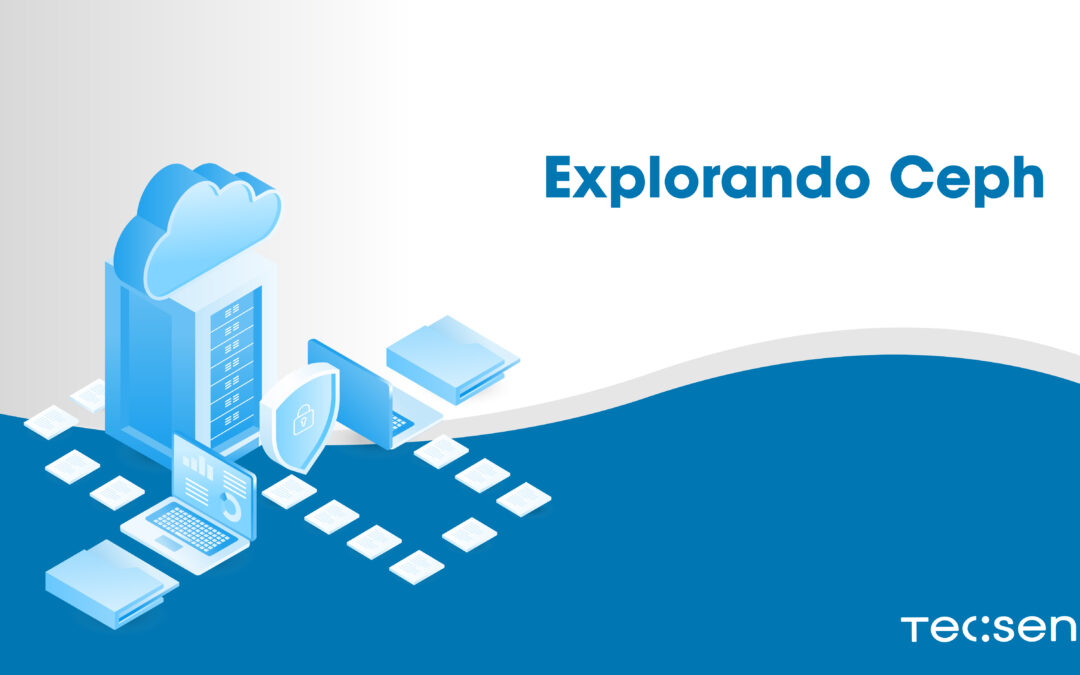In today’s digital age, data storage plays a critical role in the operation and management of computer systems. From the rise of information technology to the explosion of data generated by smart devices and web applications, the need for scalable, reliable, and cost-effective storage solutions has never been more crucial. In this context, Ceph emerges as a revolutionary technology that challenges traditional conventions of data storage. In this post exploring Ceph we will find out everything.
What is Ceph?
Ceph is an open-source distributed storage platform designed to handle large amounts of data efficiently and reliably. Developed by Sage Weil in 2004 as part of his doctoral thesis at the University of California, Santa Cruz, Ceph has become one of the most popular and widely adopted storage systems today.
Architecture & Core Components
The Ceph architecture is based on three main components:
RADOS (Reliable Autonomous Distributed Object Store): It is the heart of Ceph, providing distributed object storage across multiple nodes in a cluster. Objects in RADOS are stored in groups of objects called “pools”, which allows for efficient and parallel distribution of data.
RADOS Block Device (RBD): Enables storage of distributed blocks of data as block devices in a Ceph cluster. This is especially useful for applications that require high-performance block storage, such as virtual machines and databases.
Ceph File System (CephFS): It provides a distributed file system that allows users to mount Ceph storage like a conventional file system. CephFS supports a wide range of applications and use cases, from user file storage to data storage for enterprise applications.
Ceph Benefits & Advantages
Scalability: Ceph is designed to scale out, which means it can easily grow by adding new nodes to the cluster. This allows organizations to handle exponential data growth without compromising performance or availability.
Reliability: Thanks to its distributed architecture and built-in fault tolerance, Ceph offers high availability and reliability. Data is automatically replicated across multiple nodes, ensuring data integrity and recovery from hardware or node failures.
Flexibility: Ceph is highly flexible and can accommodate a wide range of use cases and storage requirements. Whether you need object storage, block storage, or a distributed file system, Ceph can provide the right solution.
Despite its numerous benefits, Ceph also presents some challenges and considerations that need to be taken into account:
Configuration Complexity: Setting up and managing a Ceph cluster can be complex and requires in-depth knowledge of its architecture and components.
Yield: Although Ceph offers impressive performance in many cases, there may be situations where performance is not optimal, especially in high-load environments.
Hardware Requirements: To get the maximum performance and scalability of Ceph, it’s important to have the right hardware, including high-speed disks and high-capacity networking.
Ceph represents a revolution in the world of data storage, offering a scalable, reliable and flexible solution for the growing storage demands in the digital age. With its distributed architecture, fault tolerance, and wide range of features, Ceph has become a popular choice for organizations of all sizes looking for a modern and efficient storage solution. However, it is important to consider the challenges and considerations associated with implementing and managing Ceph to ensure the long-term success of any storage project based on this technology.




